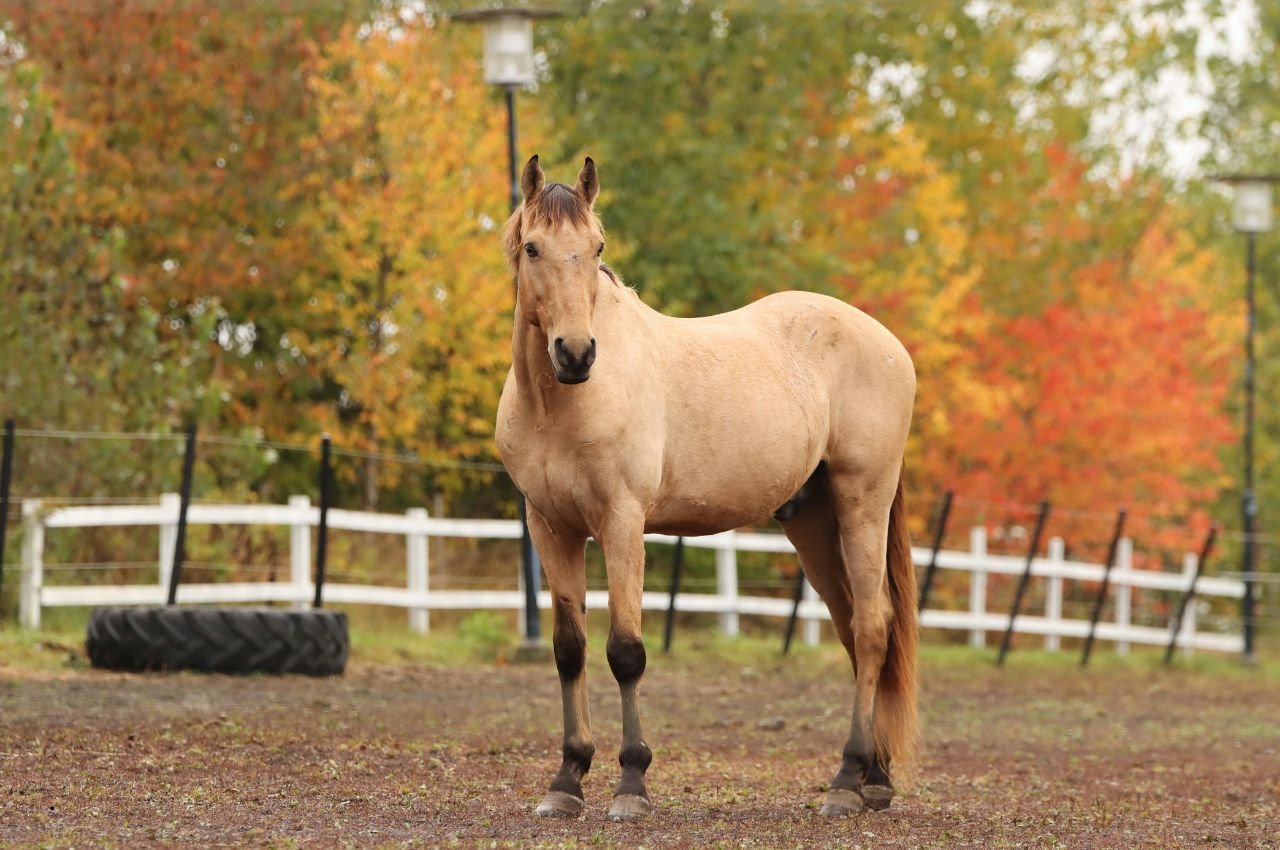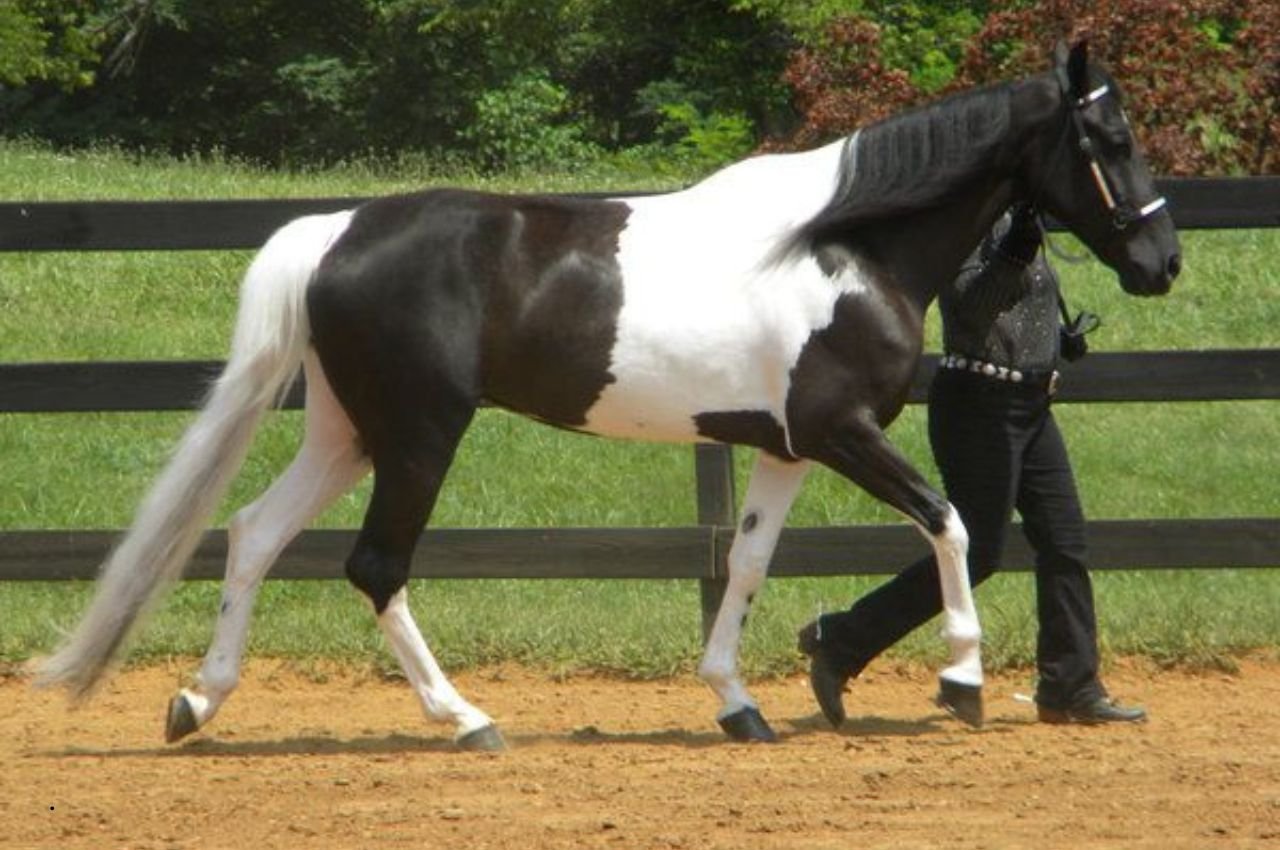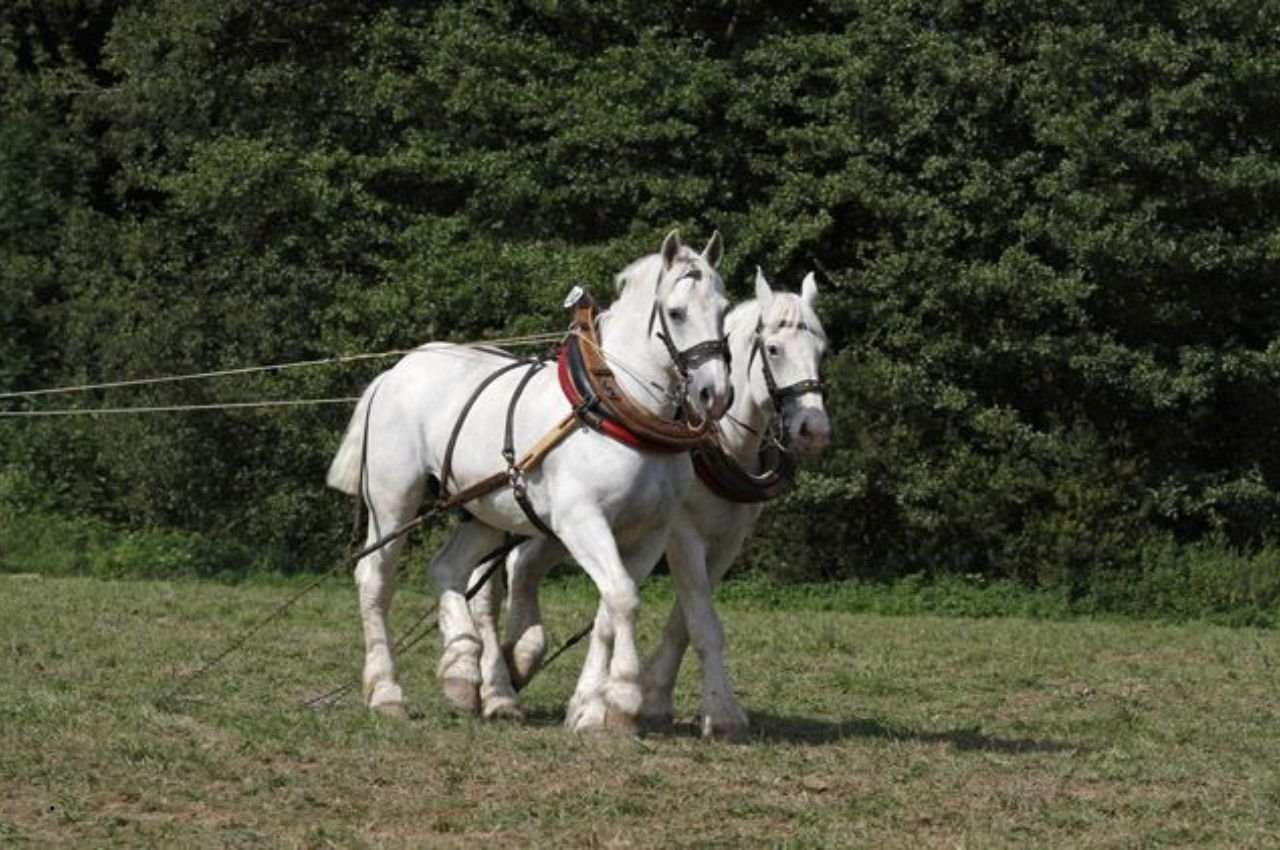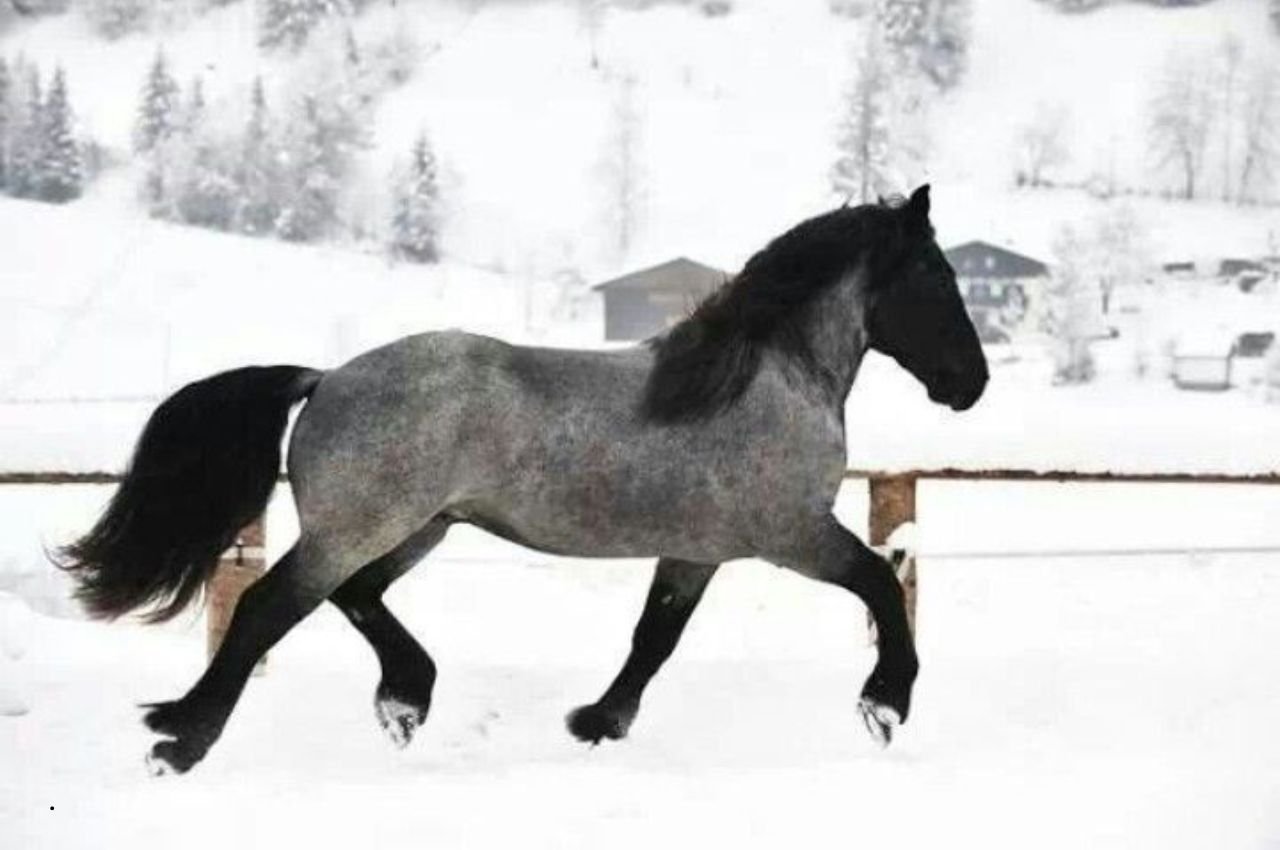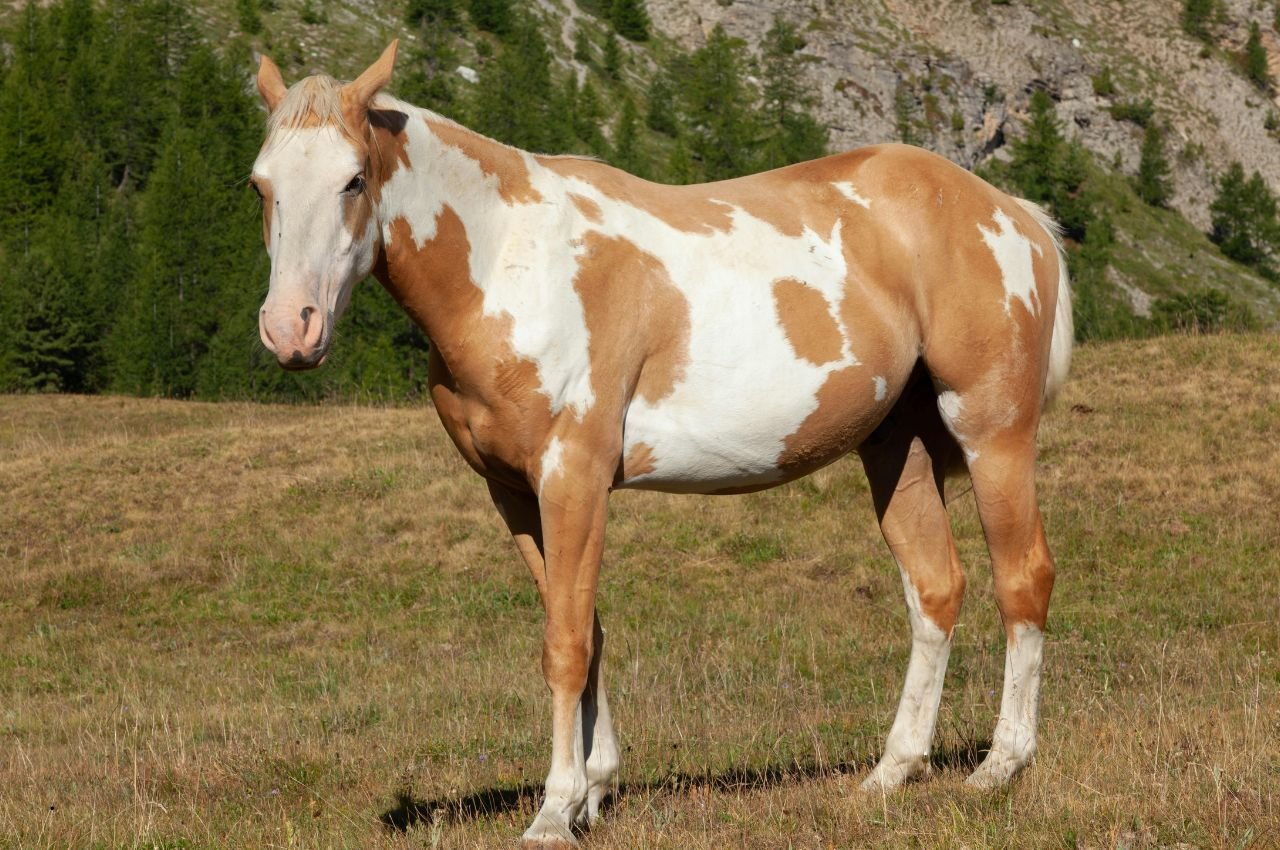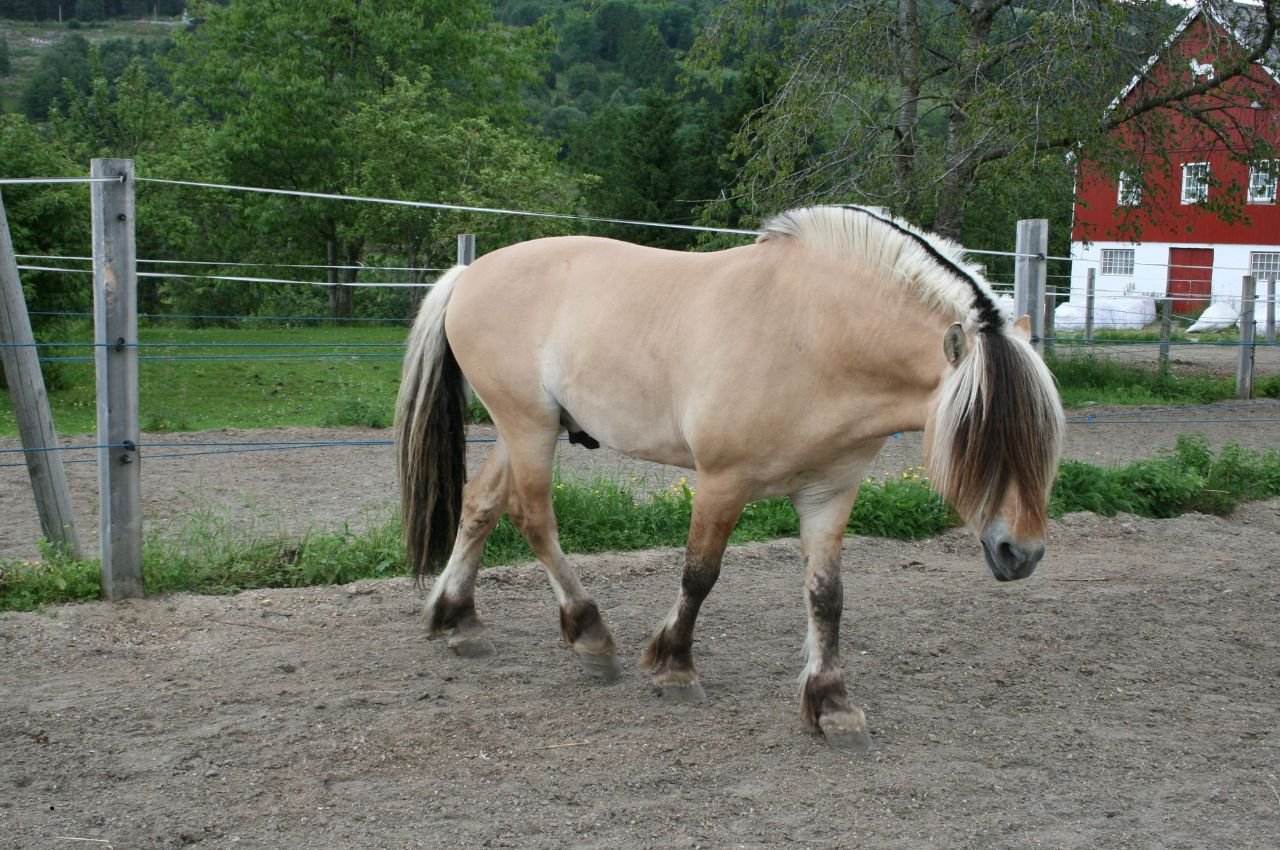Feeding your horse a balanced diet is essential for their health, energy levels, and overall quality of life. While traditional forms of forage like hay are a staple in equine nutrition, alfalfa pellets have gained popularity as a versatile alternative. But are they right for your horse? This article explores what alfalfa pellets are, their benefits and risks, and how to feed them responsibly to maximize your horse’s health and well-being.
What Are Alfalfa Pellets?
Alfalfa pellets are made by compressing chopped and dried alfalfa into small, uniform pellet shapes. They are commonly used as a forage substitute or supplement in equine diets. Unlike loose hay, pellets are compact and easy to store, making them a convenient option for horse owners with limited storage space or those looking for a consistent, high-quality feed.
Alfalfa pellets are particularly beneficial for specific types of horses, like seniors or those with dental issues, who might struggle with consuming traditional hay. They are also widely used as part of the ration for high-performing horses due to alfalfa’s nutrient-dense profile. However, they should always be incorporated thoughtfully into a horse’s diet.
Benefits of Feeding Alfalfa Pellets
Alfalfa pellets can offer many advantages for both horse owners and their equine companions. Their convenience and nutritional value make them a useful addition for horses with specific dietary needs or for owners seeking efficiency.
1. Convenience and Consistency
Pellets are compact, easy to handle, and require less storage space than traditional hay bales. They are also packaged and processed to ensure consistent quality and nutrition, removing the guesswork often associated with evaluating loose hay. This makes them an ideal option for busy horse owners.
2. Nutrient-Dense
Similar to alfalfa hay, these pellets are rich in protein, calcium, and energy. This makes them a great supplement for horses with higher nutrient demands, such as performance horses, lactating mares, or growing foals. Their caloric density can help horses maintain weight, especially in colder months or during periods of increased activity.
3. Ease of Eating
For older horses or those with dental issues, chewing traditional hay can be a challenge. Alfalfa pellets provide a softer, easier-to-eat option that doesn’t require extensive chewing. This makes them a valuable part of the diet for horses that would typically struggle with forage intake.
4. Reduced Waste
Unlike loose hay, which can be scattered or wasted as horses sort through it, alfalfa pellets tend to be eaten without significant leftovers. They allow for better portion control and minimal waste, making them a cost-effective feeding option in the long run.
5. Flexibility in Feeding
Pellets can be soaked in water before feeding, creating a mash-like consistency. This is particularly helpful for horses prone to choking or those needing hydration support. The ability to modify their texture adds versatility to their application in equine diets.
Potential Downsides and Risks of Alfalfa Pellets
While alfalfa pellets can be highly beneficial in the right situations, they are not suitable for every horse. It’s important to consider potential risks before incorporating them into your horse’s diet.
1. Overfeeding Concerns
Due to their calorie and protein density, it’s easy to overfeed alfalfa pellets if not measured properly. Overfeeding can lead to weight gain, digestive discomfort, or other metabolic issues, particularly in horses with lower energy needs.
2. Imbalanced Nutrition
While pellets provide consistent nutrients, feeding them exclusively without balancing with other forages can lead to imbalances—such as excessive calcium-to-phosphorus ratios. These imbalances can increase the risk of conditions like developmental orthopedic diseases in younger horses.
3. Not Suitable for Some Health Conditions
Horses with metabolic disorders like insulin resistance or equine metabolic syndrome may struggle with the calorie density of alfalfa pellets. Similarly, easy-keepers or overweight horses may not fare well with the additional energy provided by pellets unless they are fed in strict moderation.
4. Choking Hazards
While rare, choking can occur if pellets are fed dry and the horse eats too quickly or fails to chew properly. This risk can often be mitigated by soaking the pellets before feeding, but it’s still an important factor to consider.
5. Cost
Alfalfa pellets tend to be more expensive than traditional hay when considering cost per pound of feed. For larger stables or horse owners on a tight budget, this could make them a less viable long-term option compared to hay.
Practical Feeding Tips for Alfalfa Pellets
When feeding alfalfa pellets, preparation and portion control are key to ensuring your horse stays healthy and avoids potential issues. Follow these tips for optimal feeding practices:
1. Balance with Other Forage
Alfalfa pellets should not completely replace traditional forage. Balance the use of pellets with grass hay or other types of forage to provide more variety and better-rounded nutrition. For most horses, pellets should act as a supplement, not the main source of roughage.
2. Determine the Right Amount
The amount of alfalfa pellets to feed depends on your horse’s size, activity level, health, and dietary needs. Performance horses or lactating mares may require larger quantities, while easy-keepers or idle horses should receive minimal amounts—if at all. Consult with your veterinarian or an equine nutritionist to determine the ideal portion for your horse.
3. Introduce Gradually
When introducing pellets into the diet, start with small portions and gradually increase over 1-2 weeks to prevent digestive upset. This allows your horse’s gastrointestinal system to adjust to the new feed without problems.
4. Consider Wetting the Pellets
For horses prone to choking or dehydration, soak the pellets in water before serving. This creates a soft, mash-like texture that’s easier to consume and digest. Make sure to feed the soaked pellets promptly to prevent spoilage.
5. Store Properly
To maintain freshness, store alfalfa pellets in a cool, dry area away from moisture and pests. Poor storage conditions can lead to mold growth or reduced nutritional quality.
6. Monitor Your Horse
Keep an eye on any changes in your horse’s weight, appetite, droppings, or energy levels when feeding alfalfa pellets. Adjust the feeding plan as needed to ensure your horse remains healthy.
Final Thoughts
Alfalfa pellets can be a valuable addition to your horse’s diet when used appropriately. Their convenience, nutrient density, and suitability for horses with specific needs make them a great choice for many equine caretakers. However, they’re not ideal for every horse, and overfeeding or improper use can cause issues.
To ensure your horse benefits from alfalfa pellets, introduce them gradually, measure portions carefully, and balance them with other forage. With thoughtful planning, you can use alfalfa pellets to support your horse’s health, performance, and overall happiness. Always consult a veterinarian or equine nutritionist to tailor your feeding strategy to your horse’s unique requirements.


